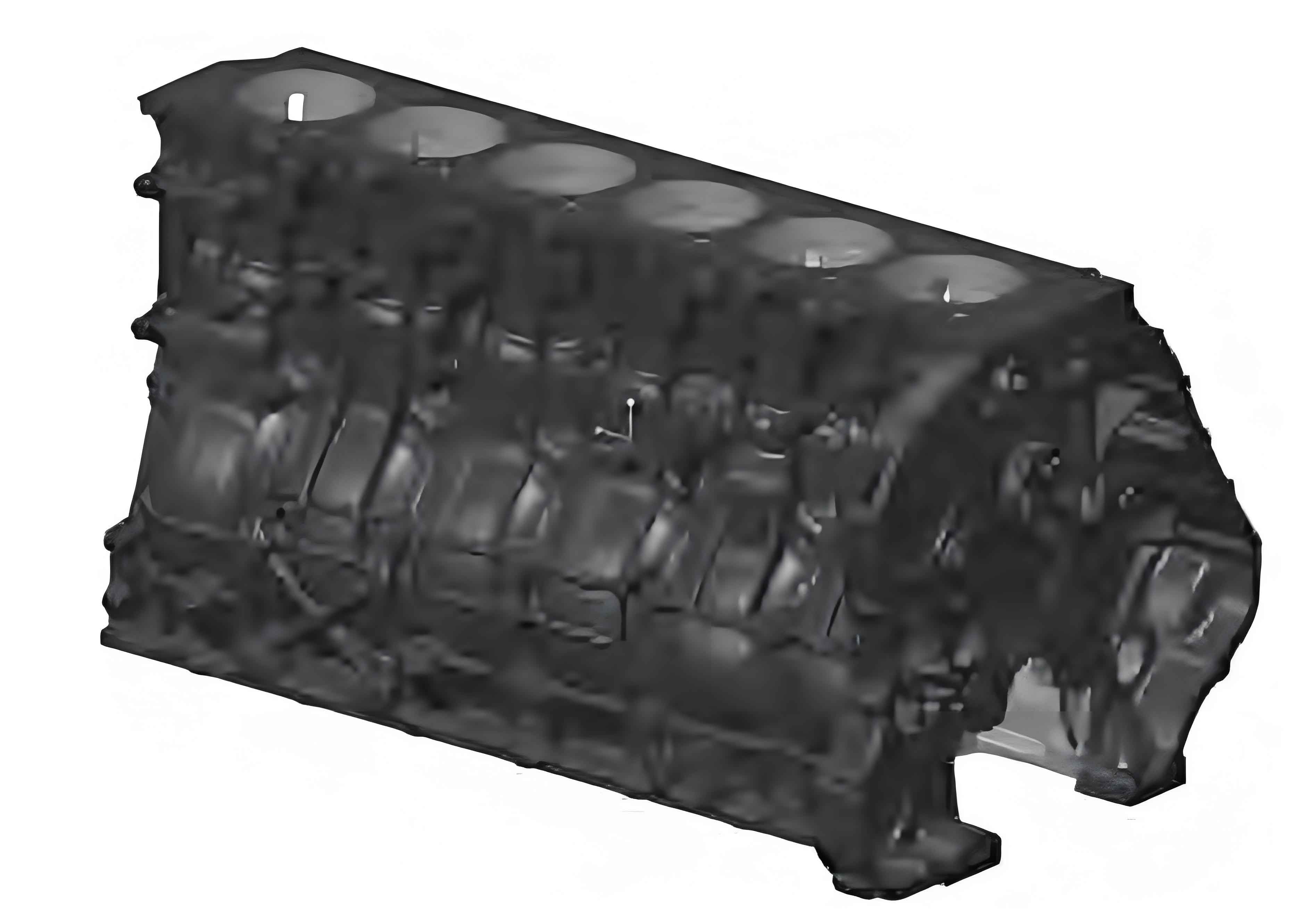The automated grinding of large engine cylinder block castings faces significant challenges due to structural complexity and multi-variety production requirements. This article systematically analyzes quality risks from five perspectives – human factors, equipment, materials, methods, and measurement – proposing optimized solutions validated through practical implementation.

1. Human Factor Optimization
Operator errors in program selection caused 23% of initial defects. The solution implements dual verification through:
| Parameter | Original | Optimized |
|---|---|---|
| Program Selection Steps | 2 | 4 |
| Verification Points | 1 (Visual) | 2 (QR Code + Dimension Check) |
| Error Rate | 8.2% | 0.7% |
The recognition algorithm uses weighted parameters:
$$P_{correct} = \sum_{i=1}^{n}w_i \cdot f_i(x)$$
Where $w_i$ represents weight coefficients for different identification features, and $f_i(x)$ denotes feature recognition functions.
2. Equipment System Improvements
Platform stability analysis reveals vibration impacts:
$$A_{max} = \frac{F_{impact}}{k\sqrt{1 + \left(\frac{c}{2m\omega}\right)^2}}$$
Where $F_{impact}$ = 1.5MN (for 3-ton engine cylinder block), $k$ = stiffness coefficient (8×10⁶ N/m), $c$ = damping coefficient (15,000 N·s/m).
| Parameter | Before | After |
|---|---|---|
| Vibration Amplitude (mm) | 5.2 | 0.8 |
| Positioning Accuracy (±mm) | 1.5 | 0.2 |
| Tool Life (hours) | 48 | 72 |
3. Material Quality Control
Establishing strict pre-grinding standards for engine cylinder blocks:
$$R_{max} = \sqrt{\frac{\sum_{i=1}^{n}(h_i – \bar{h})^2}{n}} \leq 1.2\text{mm}$$
Where $h_i$ represents residual flash height at measurement points, $\bar{h}$ = average height (≤10mm).
4. Process Methodology
Adaptive grinding path generation algorithm:
$$P_{path} = \alpha \cdot G_{cad} + \beta \cdot L_{scan} + \gamma \cdot H_{hist}$$
Where:
$\alpha$ = CAD model weight (0.6)
$\beta$ = Laser scan weight (0.3)
$\gamma$ = Historical data weight (0.1)
| Parameter | Manual | Auto-adaptive |
|---|---|---|
| Cycle Time (min) | 45 | 28 |
| Surface Roughness Ra(μm) | 12.5 | 6.3 |
| Tool Path Overlap | 35% | 18% |
5. Measurement System Upgrade
Laser compensation matrix for engine cylinder block profiling:
$$C_{comp} = \begin{bmatrix}
1.02 & -0.003 & 0.15\\
0.001 & 0.985 & -0.08\\
-0.002 & 0.006 & 1.0
\end{bmatrix}$$
Multi-point sampling strategy reduces dimensional errors:
$$E_{total} = \sqrt{\sum_{i=1}^{n}\left(\frac{\partial f}{\partial x_i}\Delta x_i\right)^2} \leq 0.4\text{mm}$$
Implementation results show significant quality improvement:
| Metric | Initial | Optimized | Improvement |
|---|---|---|---|
| Damage Rate | 8.82% | 0.76% | 91.4%↓ |
| GD&T Compliance | 82.5% | 96.8% | 14.3%↑ |
| Tool Consumption | 15.2 pcs/day | 9.7 pcs/day | 36.2%↓ |
These systematic improvements establish a reliable automated grinding solution for large engine cylinder block castings, achieving stable production quality while maintaining high efficiency.
